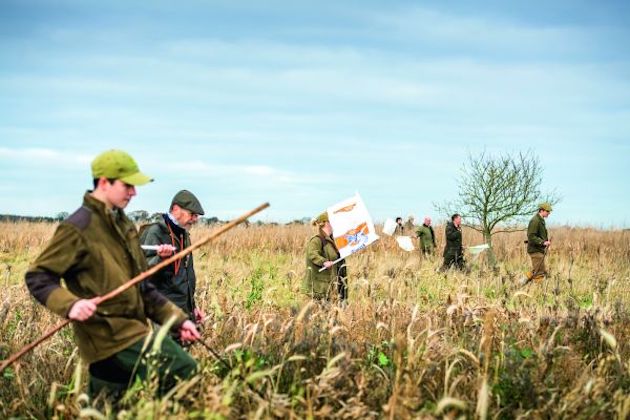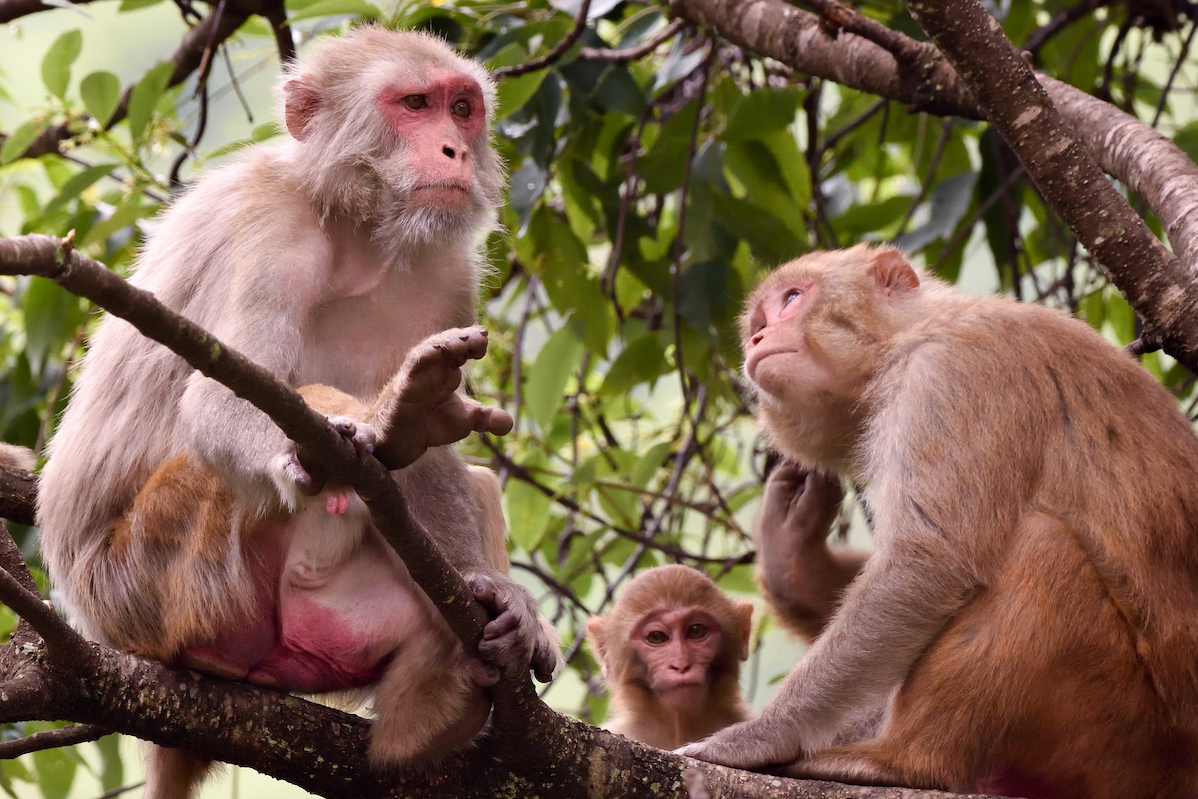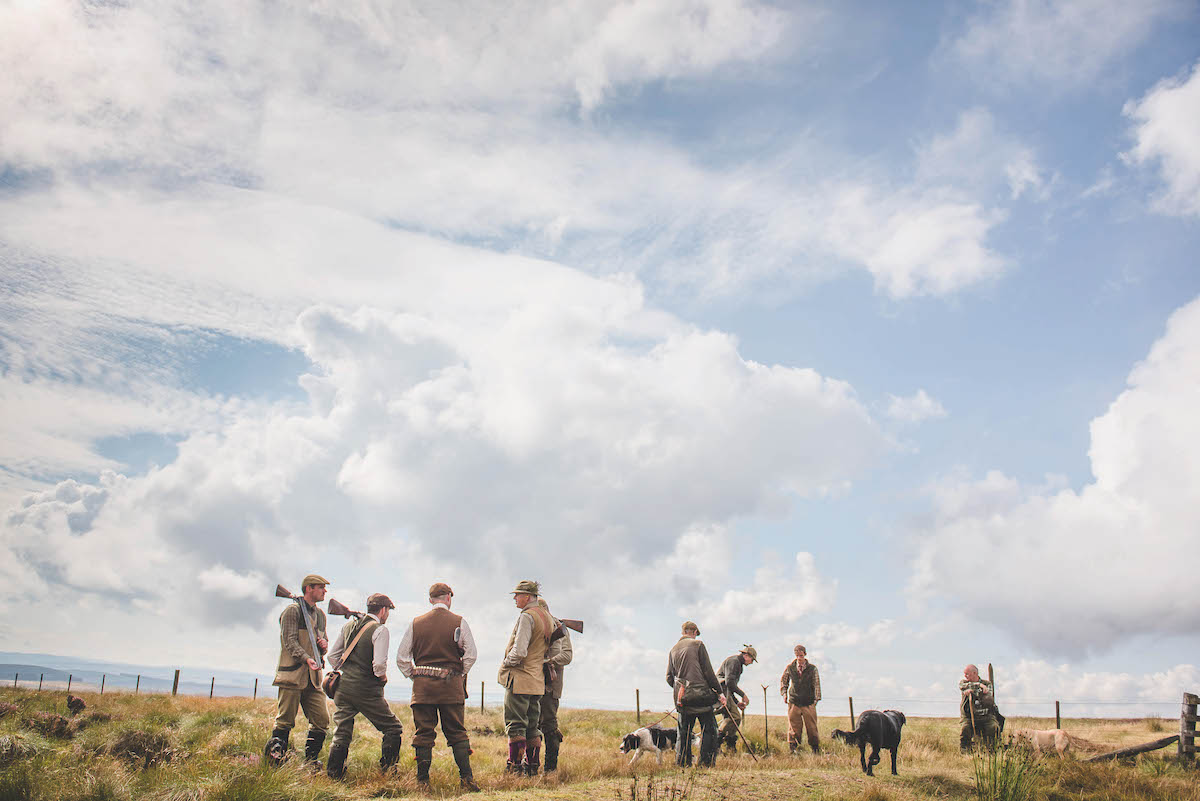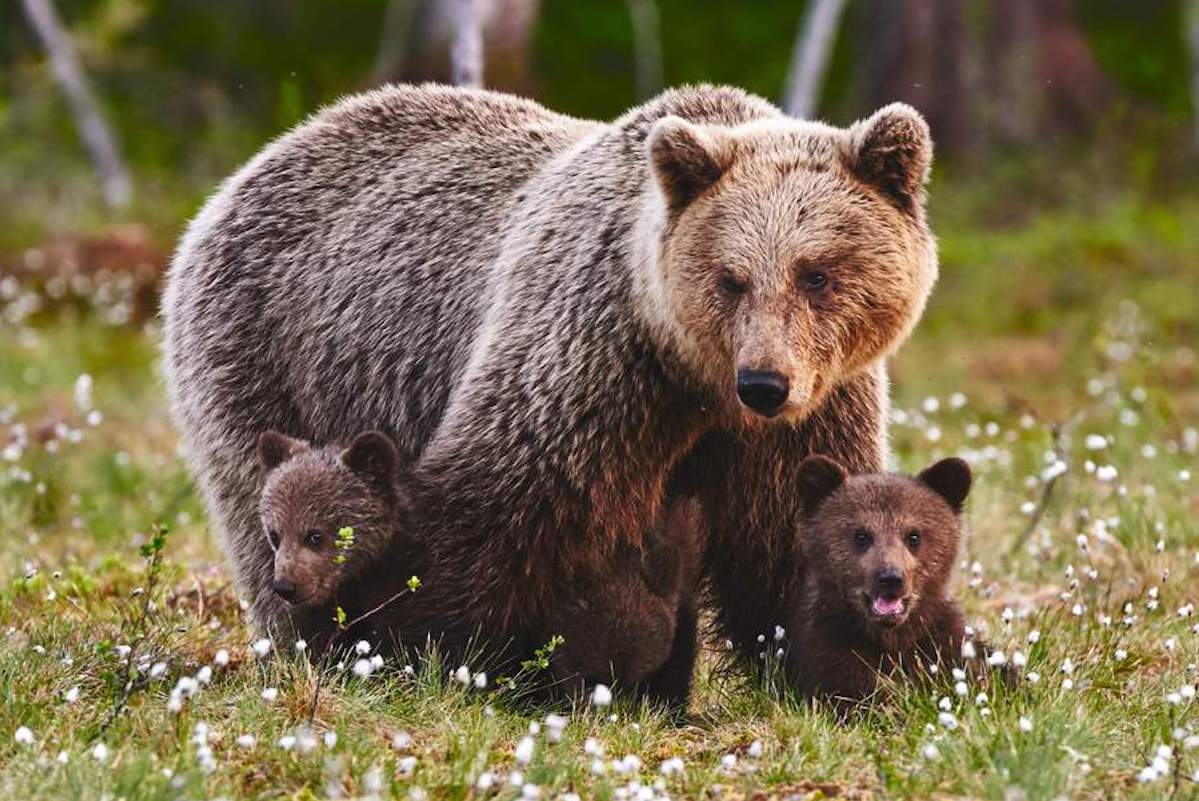The origins of driven shooting
Though shooting pheasants and ducks began in the 1500s, it was a tour of Europe that brought about driven sport, reveals Alex Keeble

Throughout the UK and Europe, driven shooting has become one of the most popular facets of our sport. According to BASC, of the 600,000 people who hold shotgun certificates, more than 55 per cent shoot driven game.
The release of game for sporting purposes, involving pheasants and mallard, began in England around the 16th century, when falconry was tremendously fashionable across different levels of society.
However, David S. D. Jones, in his book Game Shooting: an Illustrated History, writes that it was during that period when men began using matchlock and wheel-lock guns to kill deer, wildfowl and game birds. All quarry was shot either on the ground or on water, which would certainly get you sent home nowadays.
From around the 17th century, people began to shoot pheasants that were flying. Heading out with a dog and gun, fields would be walked over with anything being flushed by the dogs being added to the bag.
Since the creation of the breechloading shotgun — with its vastly improved rate of fire compared with the muzzle-loader — rearing and releasing game birds for sport increased significantly, becoming hugely popular in the Edwardian era.

Partridges and pheasants burst into the air as beaters flush them towards home from a cover crop
The battue
The idea of shooting driven pheasants is, perhaps apocryphally, said to have begun with a holiday. The story goes that the 2nd Earl of Malmesbury, like many other aristocrats of his generation, went on a grand tour round Europe in 1799. However, rather than moseying around galleries and museums like many of his contemporaries, the earl sought out sport and while in Austria came upon battue, a style of hunting that used beaters to corral and move birds to waiting Guns. He liked what he saw, brought it back to England, and driven shooting was born.
He was a bit of a disappointment in his era because, while his father was a great statesman, his interests were shooting and keeping detailed records of the weather.
Despite driven shooting gaining popularity fast in the early 19th century, the idea of high birds wouldn’t be considered for some time. Birds in that period — and up until the first few decades of the 20th century — were generally raised under broody hens in the woods from which they were to be driven out. Confused and disgruntled birds were forced from their home wood and all they wanted to do was get back there.
It was only when people started to experiment with feeding away from the home wood and driving back to it that they were able to show better birds. At first, this would have been done by hand.
I have been lucky to visit a number of places in Wales and the north where exceptional birds have been shown by hand-feeding high in the hills then pushing the birds back down into their wood. This is worth trying if you have south-facing slopes.
Liam Bell, chairman of the National Gamekeepers’ Organisation, says in the Edwardian period, many more birds were often shot than now. However, advances in knowledge mean that small farm shoots with a capable keeper are often able to present far finer birds than could have been dreamed of by earls of old.
Over the decades, competitive shoots around Britain have spurred each other on, so that today we lead the way when it comes to driving pheasants. A friend went to Sweden to shoot driven birds some years ago. He said on two occasions the birds went the wrong way, to which the keeper responded, “maybe the wind is blowing in the opposite direction today”.

Flushed birds fly over the Guns waiting in the field below, showing challenging sport
Head for home
Most people know that birds seldom fly into the wind. In The Shooting Times Library, F. G. Standfield advises the would-be keeper that, when driving pheasants, remember they “prefer to run or squat than to fly”. When you do get them up, he says, their inclination is to head for the “place they regard as home”.
He adds that “having committed themselves to a line of flight, they are seldom diverted by humans in their path”. This last point is the basis on which back-gunning works well when it comes to pheasants. If the first Gun misses, the second Gun will be on for an even better bird.
Roderick Willett, in his book Modern Game Shooting, suggests that beaters must proceed slowly and methodically. They should not talk or shout, except to pass on any instructions from the keeper. Having a competent team of beaters, stops, flankers and pickers-up is vital to be able to run a driven shoot. Radios have allowed teams to be organised from a vast distance.
Plenty of tapping in the line will get the birds to run forward to the flushing area. Sewelling at the end of the drive when beaters are sparse can help to stop the birds going further and flushing in small groups.
Alternatively, beaters with flags can be used to try to increase the height of the birds by waving them as the birds fly overhead. But premature waving can have the opposite effect, turning birds back over the heads of the beaters.
The approach to driving pheasants should change as the season progresses. In October, when there is still lots of cover, Liam advises you need hard dogs and beaters who are really keen to get in among the undergrowth and root out every bush. At the back end of the season, however, a subtler approach is needed to avoid canny birds scarpering before you can get them up.
What that Swedish keeper needed to know is that a strong wind will eventually turn the birds the wrong way, so the Gun line must be moved accordingly; wind in the faces of the birds usually makes them duck underneath it, hugging the contours.
How to host the perfect gameshooting day
Tips from the captain of a roving syndicate who is well-informed on what makes a perfect day’s game shooting
How to dress for a day’s formal gameshooting
Essentially shooting dress has not changed for 150 years. Flick through Lancaster’s The Art of Shooting from 1889 and the…
Crosswinds
Crosswinds are a keeper’s friend and can be used to show high birds. Pheasants are pushed into it so that they turn and head over the Guns with the wind behind them.
The last point is that even if you lack woodland, planting cover crops and driving birds back from them can produce some really varied drives and allow you to change things up over
the decades.
In my early days as a keeper, I worked on a flat Suffolk farm. Over a few seasons, partly from speaking to other keepers, I learned the trick was to push the birds away from home. This made them turn and head back over the Guns, many of whom said that the sport had been totally transformed. I hadn’t made some great discovery, I had merely put into practice the skills learned by British sportsmen through trial and a lot of error down the ages.
So next time someone tells you that a piece of ground isn’t right for showing good pheasants, make sure you tell them there’s no such thing. There’s only a lack of knowledge and not enough innovation.










